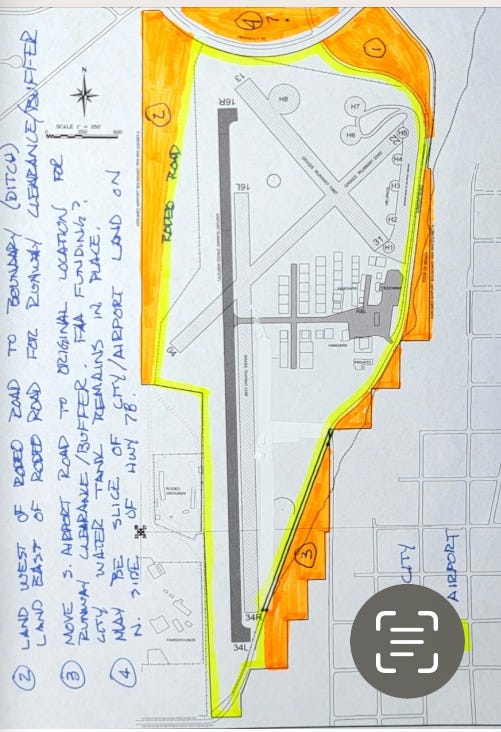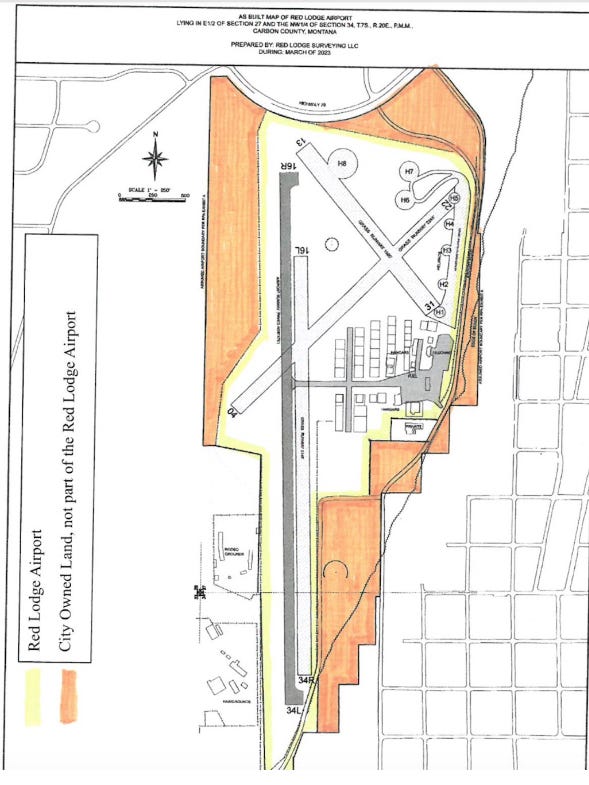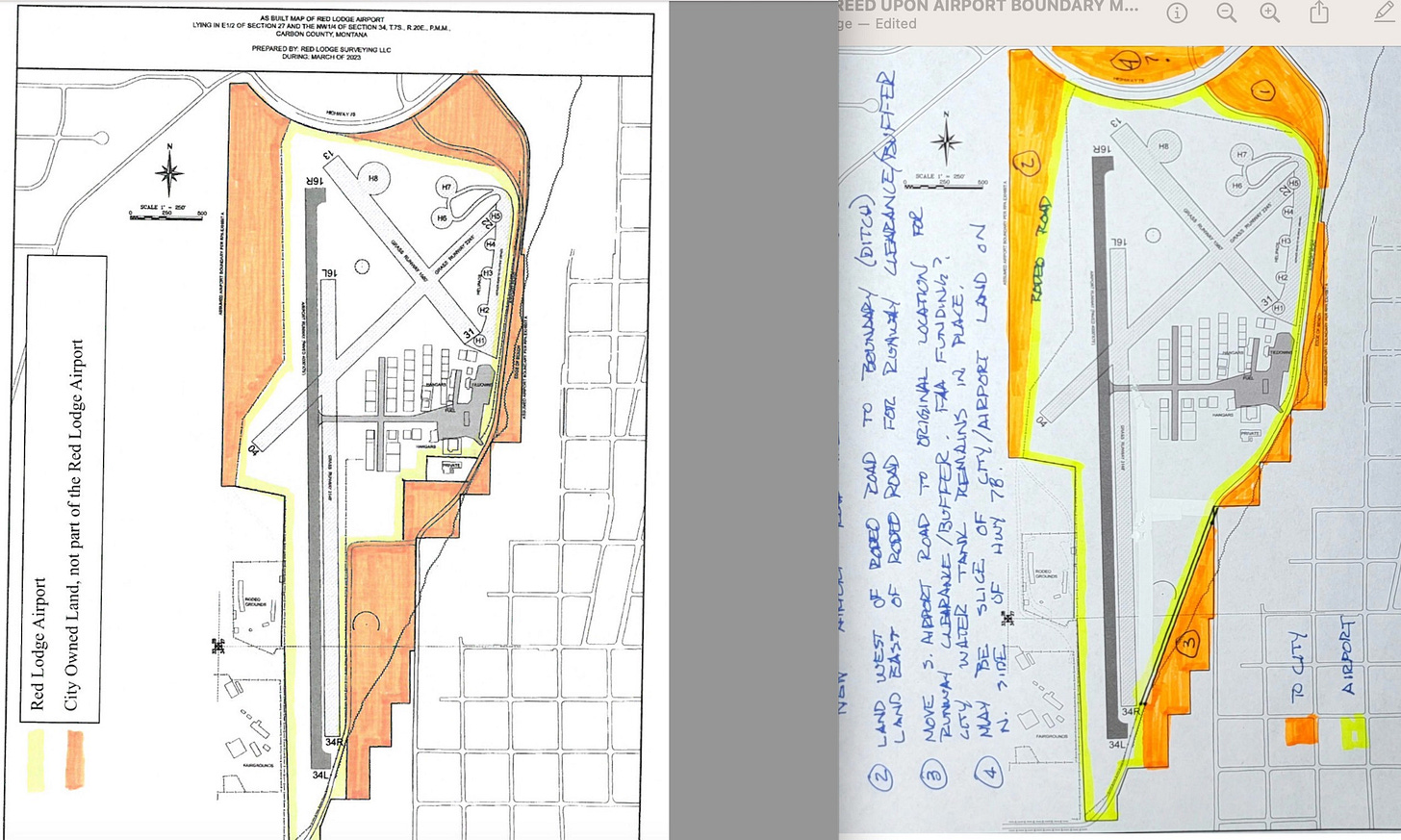Updated December 27, 2024 at 8:35
Kristen Cogswell sent out a letter to the community on December 26 reflecting on the last year of her mayoral tenure and passing the torch to incoming mayor Dave Westwood. Regarding the results of last year’s efforts she writes, “Work completed by Council for the year focused on short-term rental issues and defining the boundary of the airport.” It has been argued that it was unneccessary to address these two issues in 2023 given other pressing issues in the community, such as flood recovery and lack of workforce housing. This leads to the question: How is it decided what the City spends its limited resources on? Incoming Mayor Westwood has stated throughout his campaign that he will make decisions under his control based on providing basic services as dictated by statute and guided by the community’s expressed priorities.
Cogswell goes on to state, “Short-term rentals are frequently a contentious community conversation and it was time it be addressed, as it has been in many communities across the nation.” The results and analysis of the survey conducted by the City on the subject provided more controversy than understanding. Studies around the country show that STRs do not become an issue in communities until they comprise over 20% of available housing. After over thirty years of the short term rental industry in Red Lodge, approximately 10% of Red Lodge housing is currently used as short-term rentals (some owned by full-time residents who make ends meet by occasionally renting out part or all of their homes to visitors). More than ten months of City employee time as well as volunteer (STR Committee and Planning Board) time was spent to develop STR regulations. In addition, Red Lodge will be able to provide better data on the issue now that the City is paying $14,000 $13,000 per year for a software program subscription used to monitor STR owners.
Update: Councilmember Jody Ronning, whose full comments can be found in the comments section of this article, clarified that the software helped collect over $54,000 in back resort tax. “With the high turnover of new owners or the rental being taken in/out of the rental pool, the software has helped the city maintain an accurate data base of active rentals as well as the number of days each is rented. There are additional pros to the software, including uploading licensing and fire/health inspections as well as accurate contact information for each rental.” “Our property managers and some of the privately managed STRs have always been great about following the rules. It was time that everyone else had to follow those same rules and regulations.”
As explained in earlier reports, since at least 1976 the Red Lodge Airport has been defined in the City’s own ordinances and codes as all those parcels zoned P1-A (as shown in the referenced map at the bottom of the page). Cogswell challenged that definition and, if the new administration does not revert to the P1-A definition, the City will have to go through all of its codes and ordinances to make the revisions necessary to reflect the new definition.
Update: Bo Ewald clarified, "What we know as the current [BC-Before Cogswell] airport boundary was actually formally approved by the city, county and airport board in 1960 when they joined the FAA Airport Improvement Program, outlined the boundaries and received funding to pave the runway.”
Further muddying the waters regarding the Red Lodge Airport situation, Cogswell’s letter continues, “Council adopted the Airport Board’s proposed boundary encompassing… most if not all remaining buildable land, with uses to be determined later by the as of yet unfinished Airport Master Plan”. In fact, City Council adopted a boundary much different from that proposed by the Airport Boundary Committee. All four members of the committee were Red Lodge residents, two were appointed by Cogswell. The boundary produced by that committee was agreed to in principle by the Joint Airport Board and the Carbon County commissioners. The boundary adopted by the City Council is one settled on after Cogswell appointed her own “airport board”. Cogswell’s board renegotiated with the Boundary Committee, producing a whittled down version that provides the minimum land required to pass Federal Aviation Administration (FAA) safety standards. Neither the City-produced version of the interlocal agreement aimed at maintaining the Joint Airport Board nor the airport boundary that passed the Red Lodge City Council has been agreed to by the County or Town of Bridger (the other participants in the Joint Airport Board) at this time. There is more buildable and redevelopable land in Red Lodge than the area zoned P1-A.
As shown in the maps below, in the original proposed amended boundary, the City retains total control of the areas in orange. There is considerably more orange in the version adopted by Council. As Carbon County Commissioner Scott Blain has repeatedly pointed out, the best way to preserve the land around the airport for well thought out development is to include the land within the airport boundary because then there would be a master plan designed with citizen input and approved by the current Red Lodge Council with a federal layer added to the approval process for 20 years. If development of P1-A land is in Red Lodge’s future, the commissioners and Airport Board have expressed their belief that the process should look at least 100 years into the future and not be used to address short-term issues.
Including all the P1-A parcels in the airport boundary would not keep the city from building a public safety facility, a bus barn for CART or any other facility. It would just ensure that those facilities are built in a manner compatible with aviation safety, like the existing industrial buildings at the airport. It would also allow more options for the Master Plan. As the boundary sits now, there are limited options for optimizing airport operations and safety.
There are no limits on development of City controlled land surrounding the airport. The Red Lodge City Resolution that designated Van Dyke Park (within the P1-A zoning area) as open space was disregarded by a new administration just six years later and the underlying zoning applied when the Whistler Observatory was approved. City-owned lands throughout the city that are outside the designated airport boundary (even parks) are vulnerable to rezoning, development and selling off by future administrations.
The engineer entrusted with exploring the development options for the Airport Master Plan and the Carbon County Joint Airport Board have expressed their eagerness to move forward or move on, however Red Lodge chooses to define and operate its airport.

Below is the airport map referred to in City municipal code and ordinances:








The airport project is substantial, and when completed, will be in place for many years. There are several layers to be addressed, and different individuals addressing those facets. From the survey, the indemnity, the zoning, the rents, the building codes, utilities, and many others. All of this takes time. Through all of this one important fact is in my mind, imperative. The acreage currently used for emergency staging must remain just that. It should not be sacrificed for some pet project or ulterior motive. All the other issues may be altered, but the emergency space is the first responsibility of government, the wellbeing and safety of the people. I am confident that the new administration will have a more comprehensive knowledge of reality than the one it is replacing.
Just a quick fact-check on this oft-repeated but false statement: "The survey conducted by the City showed 79% of 966 Red Lodge respondents did not think short-term rentals (STRs) were a problem."
First, of the 966 respondents, a minority, only 460, are from Red Lodge.
Second, none of the survey data takes the form of a percentage "yes/no," but rather a 0-100 scale of agree - disagree.
Third, whether STR's are or are not "a problem" is not a question that was asked anywhere in the survey. The question that corresponds to the "79" figure on the agree-disagree scale is actually, "Do you believe short-term rentals are a threat to the safety of your neighborhood?" Clearly that is a different question than, "Do you believe short-term rentals are a problem?"
Finally, response to the question arguably most relevant for Council decision-making, "Are you in favor of exploring short-term rentals regulations per City zone, eg. limiting the number of short-term rentals in some neighborhoods" actually falls just on the "Agree" side of the spectrum at 49 for Red Lodge residents and 44 for Red Lodge residents who do not own short-term rentals, 0 representing full agreement and 100 representing full disagreement. (see page 27 of the actual survey results linked below)
So the statement "79% of Red Lodge residents think STR's aren't a problem" is simply false from every angle. The figure is not a percentage, the question cited doesn't exist in the survey, and the figure cited includes a majority (< 50%) of respondents who do not live in Red Lodge, including at least 175 who do not even live in the State.
At a minimum, for the sake of the extensive work already done by the STR Committee, Council, and Planning Board, as well as for the sake of future decision-making, please refrain from making the false claim found within this reporting and stick to the facts found in the survey results themselves when reporting on this subject in the future.
Thank you!
https://www.cityofredlodge.net/sites/default/files/fileattachments/boards_and_commissions/page/11624/str_community_survey_full_final_1.pdf